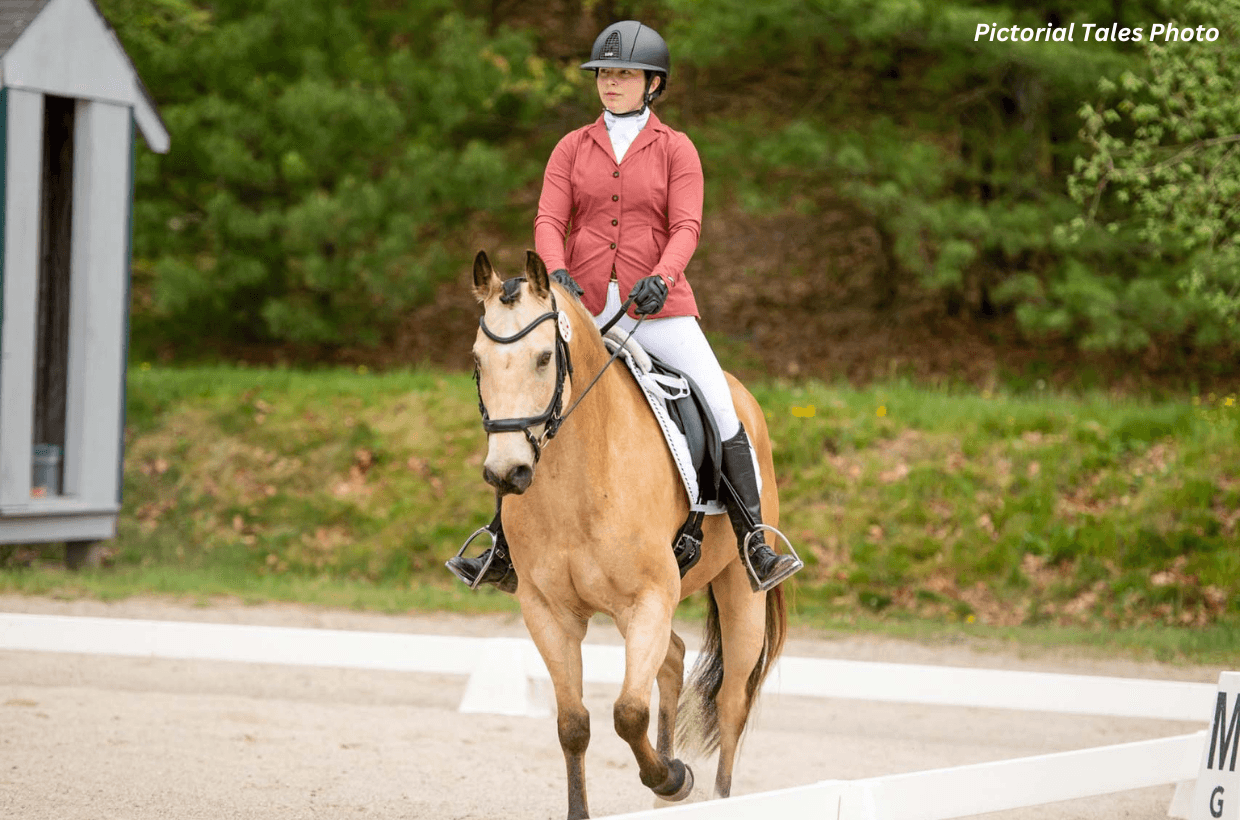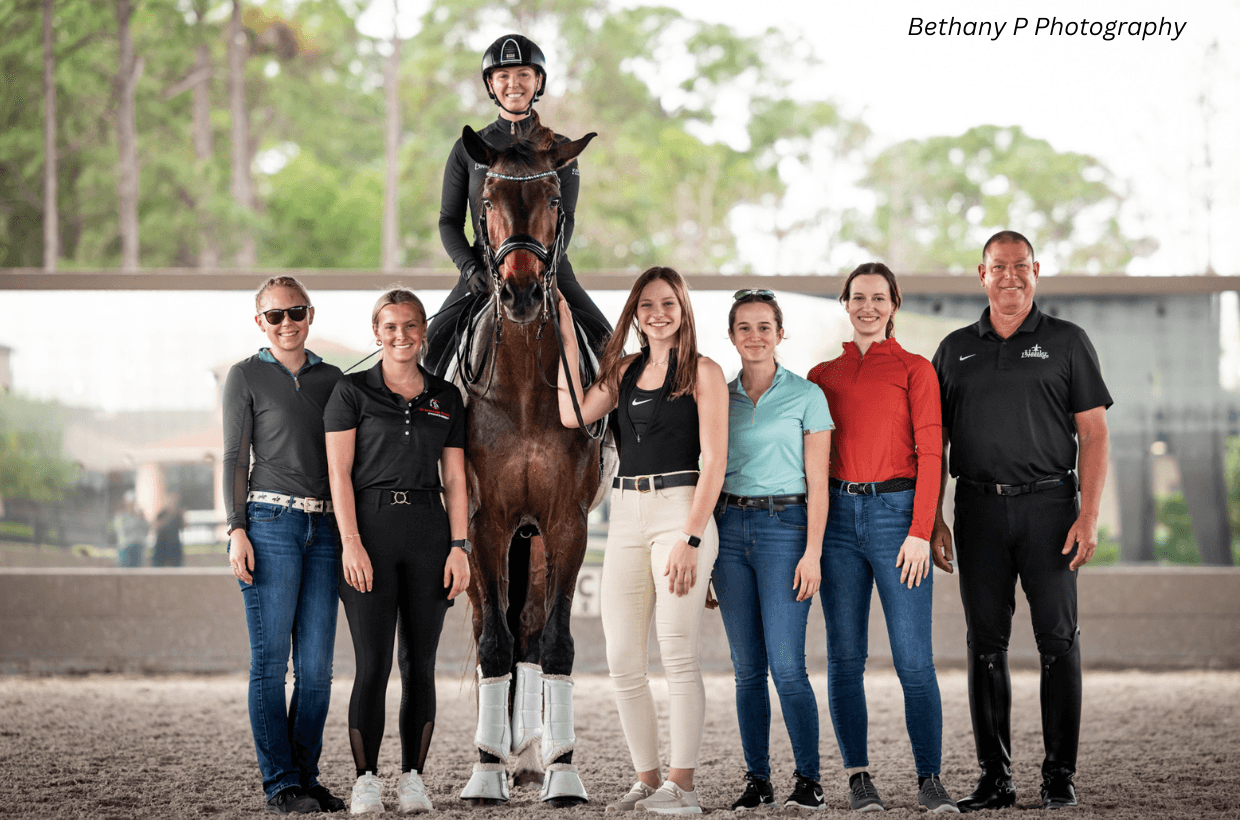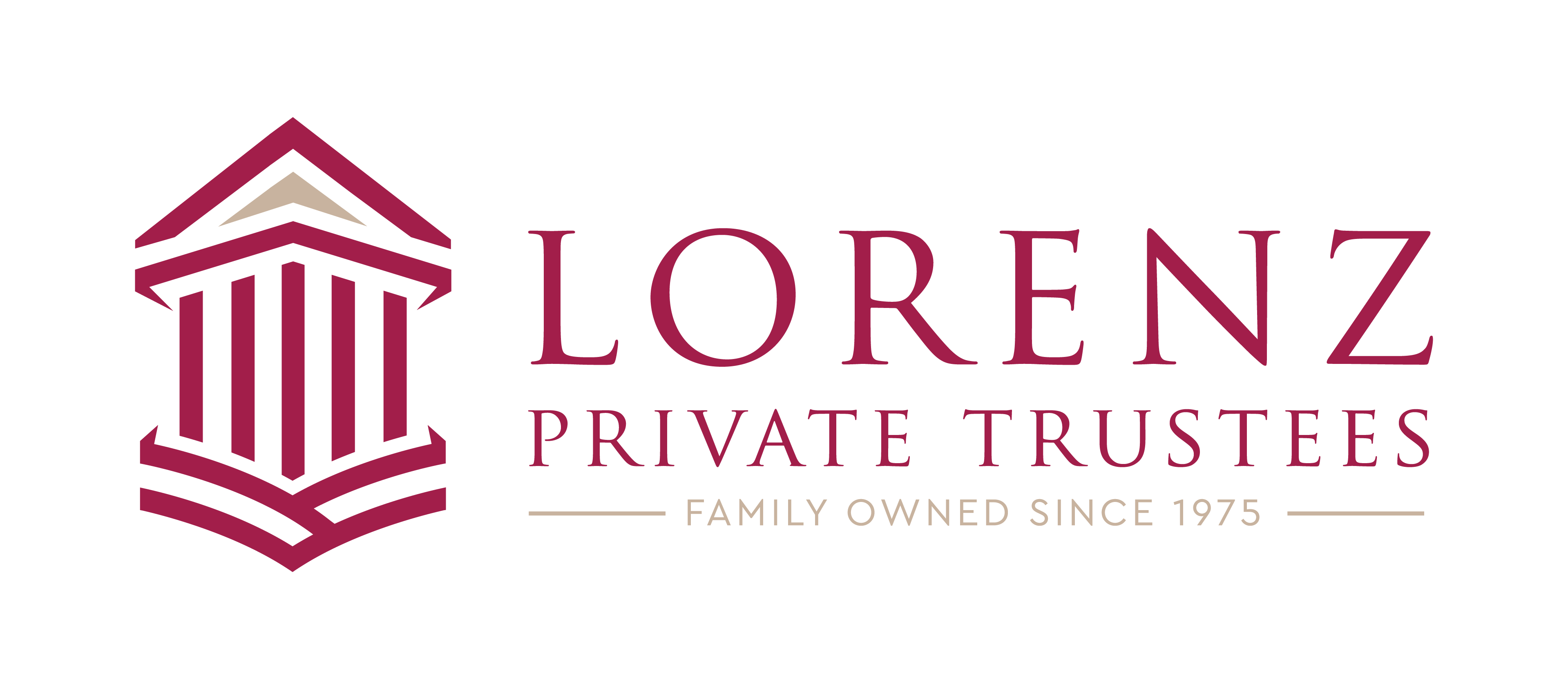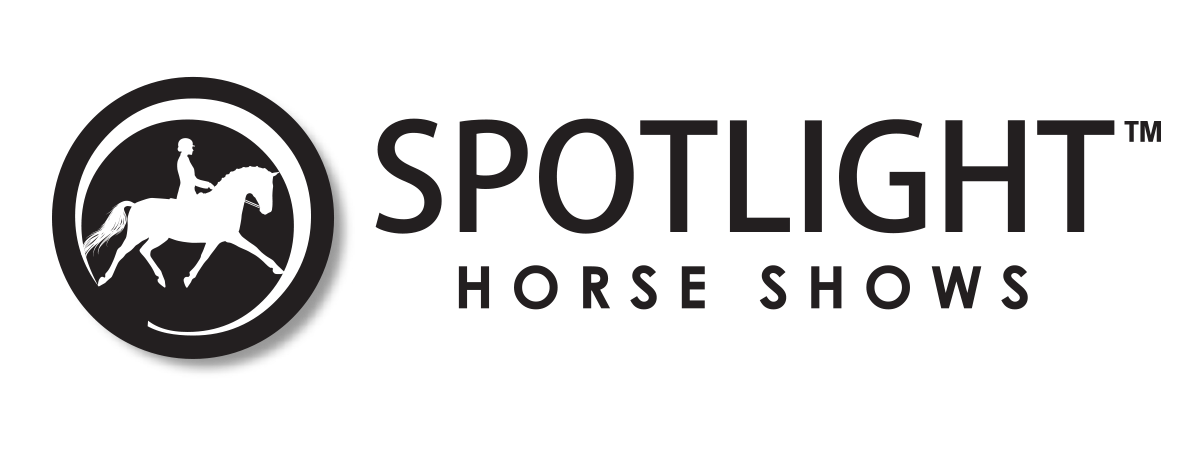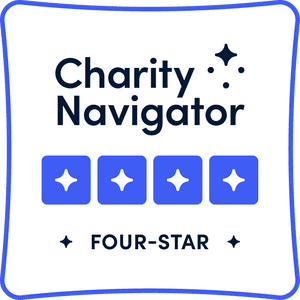Gifted Memorial Fund for Adult Amateurs Recipient: Kerry Evans (Region 9)

I didn’t start riding horses until I was in college, but I always wanted to be a cowgirl (I had a pair of bright red cowboy boots as a kid). A friend of mine was a barrel racer (it being Arkansas), and I found myself heading over to her house after classes to ride. Looking back, my mount was a saint, I had no idea what I was doing, and nobody bothered to teach me. After a few months, I realized I was hooked and wanted to learn more. That’s when I reached for the phone book (yes, I’m old enough to remember those) and found my trainer Patty Hale at Valley View Farm. Patty’s training program centers on the importance of biomechanics for both the horse and rider.
The greatest benefit of the Gifted Fund for Adult Amateur grant was that it allowed me to take my horse, Renze, offsite for a lesson with my trainer. This may not be a big deal for some riders, but there are not many opportunities for me to do this. This gap in my own training has hindered me when it comes to traveling offsite for shows or clinics, as I’m not as confident as I could be in my ability to ride outside the “comfort zone” of my home barn. While I was a bit nervous about the whole process, Renze was on his best behavior, and we had a great lesson. That short trip greatly increased my self-confidence, and I look forward to our next adventure away from home.
Our training left me with more than a few lessons learned; I’ve included some here. My trainer helped me to use 10-meter circles at the walk to establish a solid connection with the outside rein. When Renze felt behind the leg, we focused on making his trot steps more adjustable—started by asking for a smaller trot, then asked for a bigger trot.
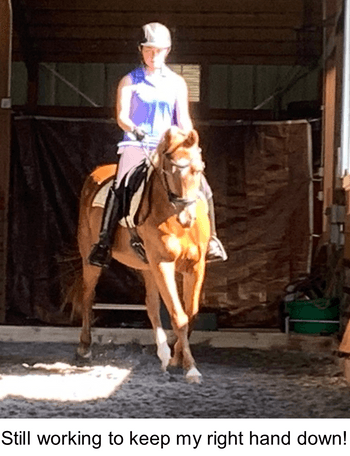
In one lesson, my trainer placed ground poles at each quarter of a 20-meter circle. By focusing on crossing each pole at the same point, I was able to establish accurate geometry, which then helped establish a more solid connection and bend. Initially, I found myself tensing up before crossing each pole; of course, this changed the quality of the trot. My trainer helped me to focus instead on crossing each pole at the correct spot, which helped me to not hesitate before crossing them.
When working on trot–canter transitions, I realized how important it is to give a clear half halt before asking for the canter transition and that the timing of all of my aids needs to be quicker. At the same time, I was reminded to take my leg off after using it; the longer it stayed “on” (even just a little), the more Renze ignored it, making it less effective.
Our lessons focused on my own biomechanics as much as Renze’s. I was reminded that my upper body needs to remain vertical and that when asking the horse to step over, I also had to step over with my body. At the same time, I had to focus on asking Renze to step over with his outside shoulder in order to ask him to lift his inside shoulder.

In addition to riding Renze, I was able to ride my trainer’s horse, CC. These rides helped me to work on controlling the horse’s tempo at the trot—I have a tendency to just “go along” with whatever tempo the horse is offering and struggle to establish the tempo that I want. When riding CC, I tended to collapse my upper body forward, putting her on her forehand and increasing her trot tempo. It was a good reminder of how much core strength and control I need to support myself and also influence the horse.
Because of my trainer’s focus on rider biomechanics, I incorporated some yoga exercises into my pre-ride routine. I found the camel pose helpful to open the front of my chest (which I tend to collapse) and lengthen my hip flexors. I also focused on turning my shoulders and torso—as though asking the horse to turn. Practicing these movements off of the horse helped me to start establishing muscle memory and understand which muscles I need to work on strengthening.
I also journaled about my lessons and lessons that I observed. I plan to continue this practice as a way to chart my progress and better understand what I’ve learned.
Moving forward, I plan to take my new-found confidence into the show ring. I hope to attend our club’s schooling shows this October and November.
Finally, I want to thank the generous donors who support the Gifted Fund and made this opportunity possible for me. Without their generosity, I would not have been able to afford to commit this time to my training or to reserve this time with my trainer.

